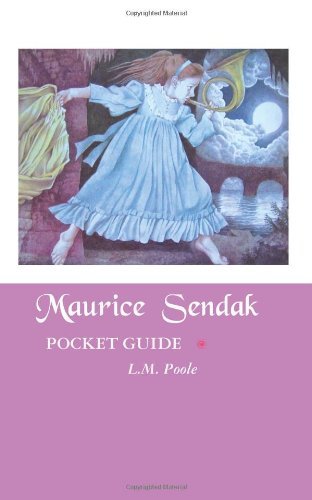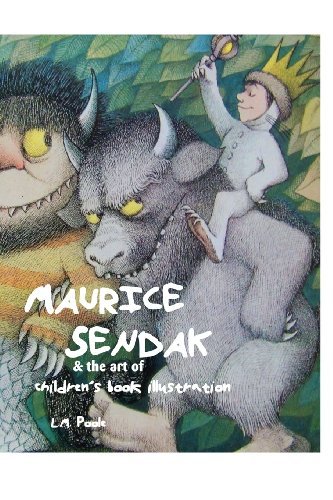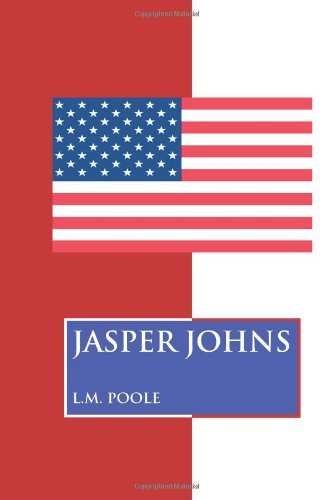
Tell your friends about this item:
Maurice Sendak: Pocket Guide 1st edition
L.M. Poole
Maurice Sendak: Pocket Guide 1st edition
L.M. Poole
MAURICE SENDAK: POCKET GUIDE Maurice Sendak (1928-2012) is the acclaimed American children's book author of classics such as his trilogy of beloved picture books: Where the Wild Things Are (recently made into a movie), Outside Over There and In the Night Kitchen. Sendak has also written many other books (though mainly in children's book form). Maurice Sendak's as important - and as adored - as Theodore Geisel (Dr Seuss). This study also considers Sendak's illustrations for fairy tales, such as the Brothers Grimm pictures, collected in The Juniper Tree (although it is less well-known, could be said to be his most accomplished work). This book considers some of Maurice Sendak's most significant works, concentrating on the children's books and the picture books. Other chapters explore Sendak's relationship with the movies and art of Walt Disney (which Sendak admires); later works such as Dear Mil; his interpretation of classic fairy tales; a brief consideration of the fairy tale form; Sendak's links with the tradition of children's book illustration; and finally a comparison of Sendak's art with that of other book illustrators. Fully illustrated. With bibliography and notes. 192 pages. ISBN 9781861713087. www.crmoon.com EXTRACT FROM CHAPTER ONE MAURICE SENDAK begins not with the pictures, as one expect, but with the words. He has explained on a number of occasions that his written texts have to be 'very good before one considers illustrating them.' The words are important, because they locate the pictures within a particular narrative, context and meaning. The words 'anchor' the pictures into a dominant or preferred set of meanings, which Sendak likes to get right first. 'I like to think of myself as setting words to pictures. A true picture book is a visual poem'. Maurice Sendak's concern with words also reminds us of his emphasis on storytelling. All Sendak's books are narrative books, books which move from one point in a story to another. The pictures, Sendak asserted, must not merely illustrate the words. The pictures must always do more than that. The words must allow for an openness of interpretation in the pictures. The two, words and pictures, work in tandem, but not merely to mirror each other, Sendak remarked. The written text, if it's a good one, will leave gaps of meaning into which the pictures can be inserted. There must be an ambiguity to what is happening in the written text too, so that the text can function on a number of levels. It is the conscious working at this split-level meaning that marks Sendak out from other illustrators. His books always have a carefully cultivated symbolic dimension: they are never merely descriptions of physical action. As an example of narrative openness, Maurice Sendak cites the Mother Goose nursery rhymes, which often have a political or religious subtext (for instance, 'Oranges and Lemons', or, famously, 'Ring-a-Ring-a-Roses', which is about the plague in mediaeval Europe). At the same time, the pictures, in Sendak's view, must be able to exist on their own, they must be somewhat independent of a written story. A good picture book can be consumed just by looking at the pictures. Many young children, below reading age, do this: they leaf through books without considering the written text. For Sendak, as a maker, an artist, the words are important, but for the young child, the pictures take precedence. Books such as Where the Wild Things Are and In the Night Kitchen are picture books, not written texts. The pictures are printed as large as possible on the page, and the words seem to be secondary, from the point of view of a young, pre-school age reader.
192 pages, 1, black & white illustrations
| Media | Books Paperback Book (Book with soft cover and glued back) |
| Released | December 17, 2012 |
| ISBN13 | 9781861713087 |
| Publishers | Crescent Moon Publishing |
| Pages | 192 |
| Dimensions | 128 × 203 × 12 mm · 213 g |
| Language | English |

 Christmas presents can be returned until 31 January
Christmas presents can be returned until 31 January






